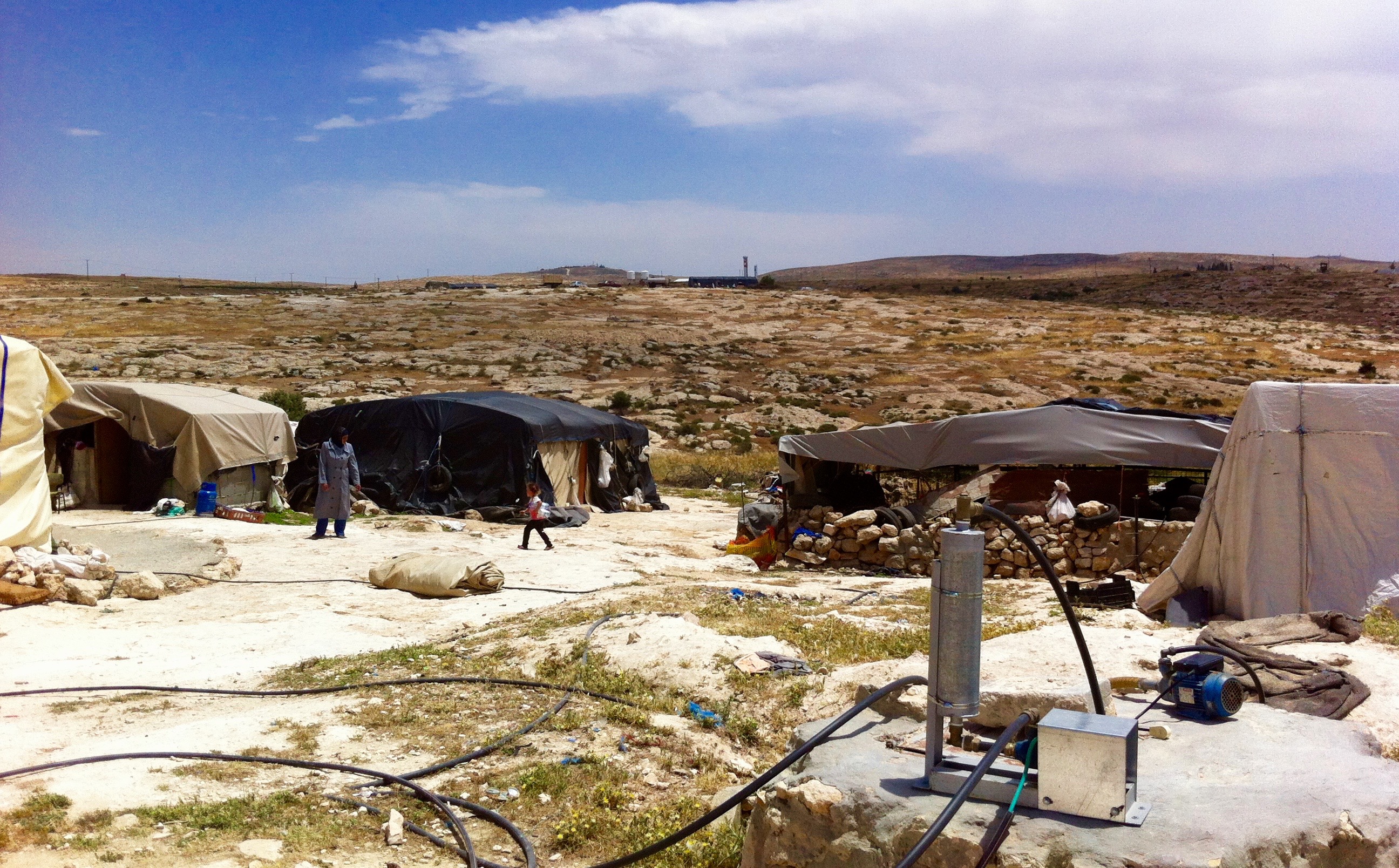Tag: Farmers
-
Settlers terrorize Palestinian farmers in Burin: burn trees and disrupt olive harvest
14th October 2015 | International Solidarity Movement, Nablus team | Burin, occupied Palestine A Palestinian farmer and English human rights defender have been hospitalized and at least 40 olive trees burnt following an attack by illegal Israeli settlers in the northern West Bank town of Burin today. At 10am this morning, as ISM and other…
-
Israeli army prevents farmers to pick olives in Burin
9th October 2015 | International Solidarity Movement, Nablus Team | Burin, Occupied Palestine This Friday morning, at approximately 10:30 am, a group of 6 soldiers came down the mountain from the illegal Israeli settlement, Arousa, in the village of Burin, to prevent the family of Ahmad Mustafa Najjar from picking their olives. Early in the morning,…
-
Action alert: Susiya village at high risk of demolition
11th May 2015 | Operation Dove | At Tuwani, South Hebron Hills, Occupied Palestine POPULAR STRUGGLE COORDINATION COMMITTEE AND POPULAR STRUGGLE COMMITTEE OF SOUTH HEBRON HILLS CALLS FOR INTERNATIONAL PRESENCE IN SUSIYA VILLAGE Where: Susiya Village, South Hebron Hills When: From now, permanently What: Popular Struggle Coordination Committee and Popular Struggle committee of South Hebron Hills…



